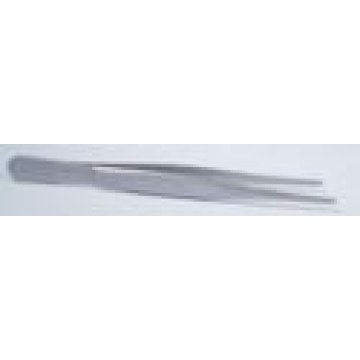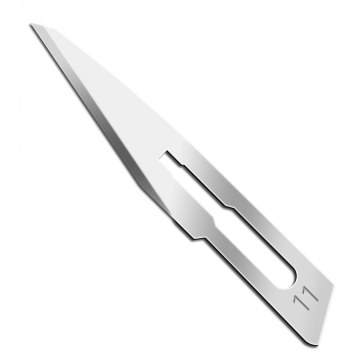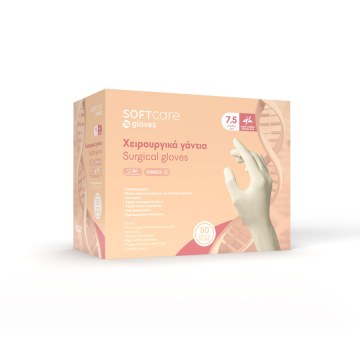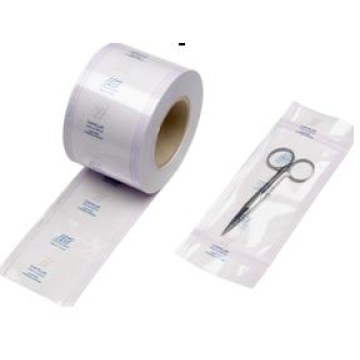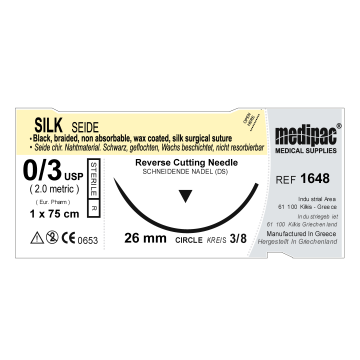RHEIN anatomical forceps (Germany) made of high-quality stainless steel for general clinical use, suitable for handling tissues/gauze and secure gripping without excessive pressure. Available lengths: 14.5 cm, 16 cm, 18 cm, 20 cm.
Features
Surgical stainless steel for corrosion resistance and routine reprocessing durability.
Atraumatic ridged gripping surfaces for reliable hold of gauze/materials with controlled pressure.
Straight ergonomic profile for stable control and precision in fine maneuvers.
Multiple lengths (14.5–20 cm) to match depth/field requirements.
Reusable instrument compatible with standard sterilization workflows.
Technical Specifications
- Lengths: 14.5 cm • 16 cm • 18 cm • 20 cm
- Material: Surgical stainless steel
- Type: Anatomical forceps, straight, ridged tips (atraumatic)
- Manufacturer: RHEIN (Germany)
- Marking: CE where applicable; reusable instrument
Frequently Asked Questions
How do anatomical forceps differ from toothed forceps?
Anatomical forceps have ridged but non-toothed tips to distribute pressure more evenly. They are suitable for gauze, dressings and gentle tissue handling, reducing trauma risk compared to toothed designs.
Which length should I choose (14.5–20 cm)?
Shorter (14.5–16 cm) offers better fine control for superficial work. Longer (18–20 cm) is preferable when accessing deeper fields or when hands must stay outside the visual area.
Why surgical stainless steel?
It provides corrosion resistance, dimensional stability at the tips and predictable spring characteristics for repeated gripping, and supports standard cleaning/sterilization protocols.
What is the recommended cleaning and sterilization process?
Prompt pre-rinse after use; manual/mechanical cleaning with neutral detergent; thorough rinse and drying. Steam sterilization (typically 121–134°C) following your facility’s procedures and the manufacturer’s instructions. Avoid overloading trays and corrosive chemicals.
What signs of wear should I inspect for?
Poor tip alignment, slipping when gripping, loosening/twisting arms, or visible corrosion. Discontinue use and perform maintenance or replacement if observed.
Can one instrument be used across different procedures?
Keep instruments segregated by use/service line where possible and strictly follow reprocessing between uses to minimize cross-contamination risk.



